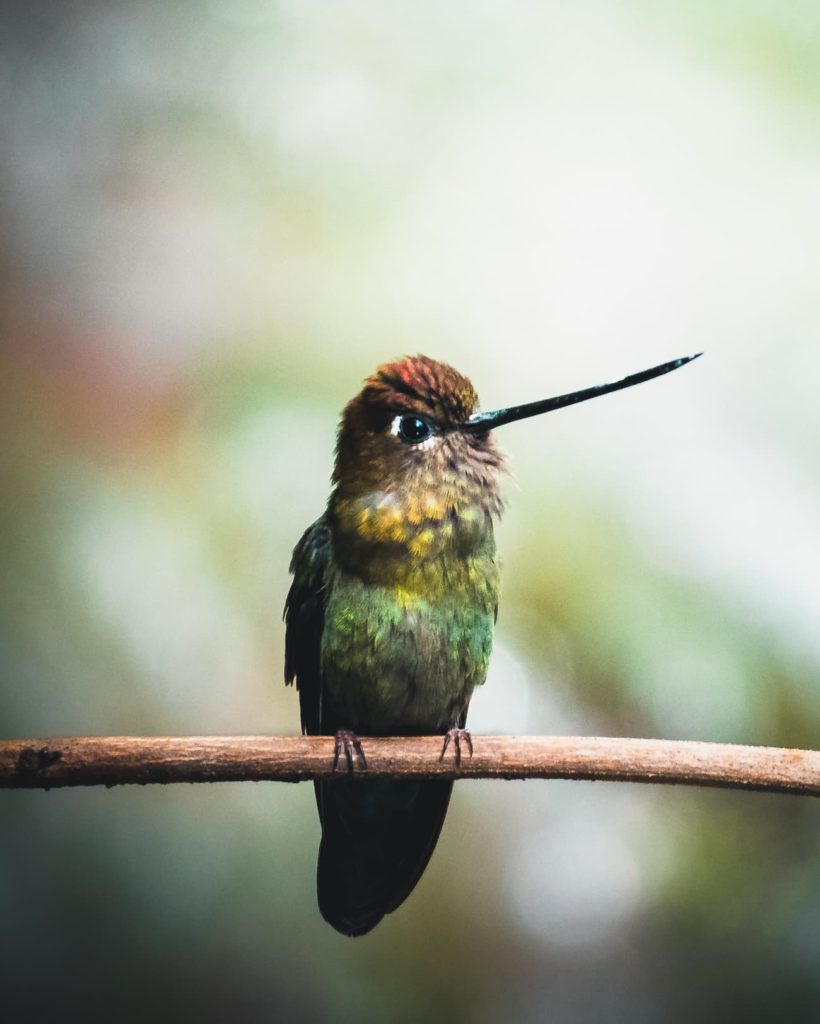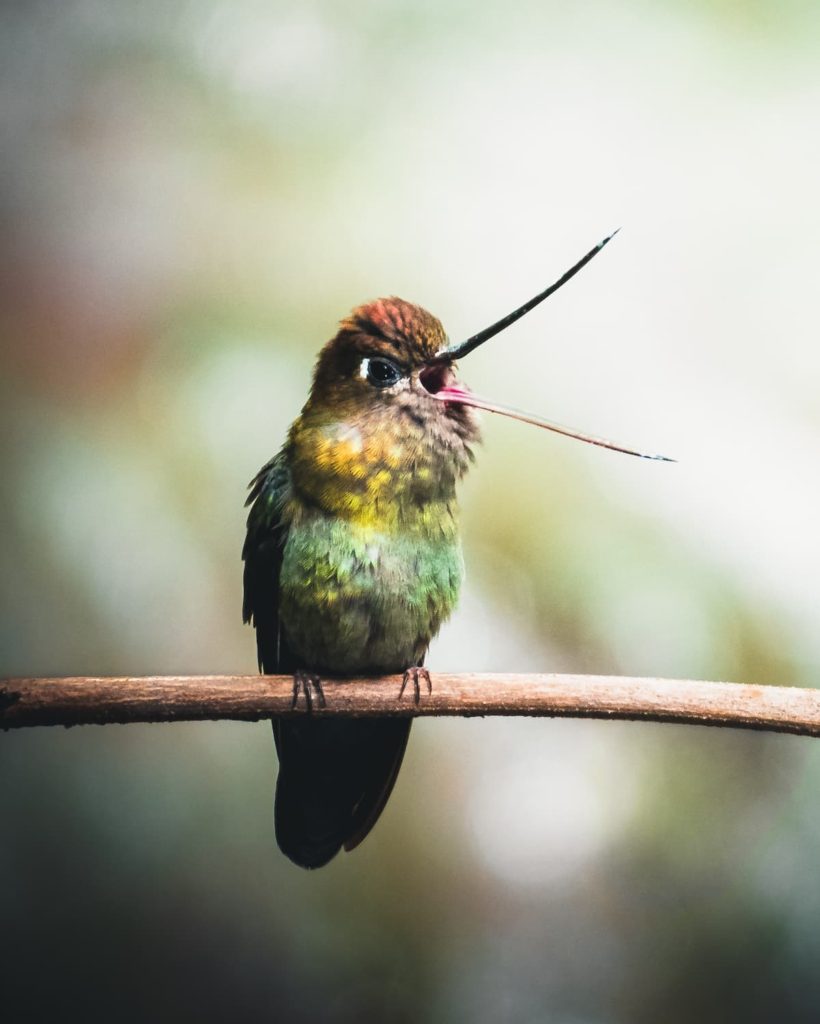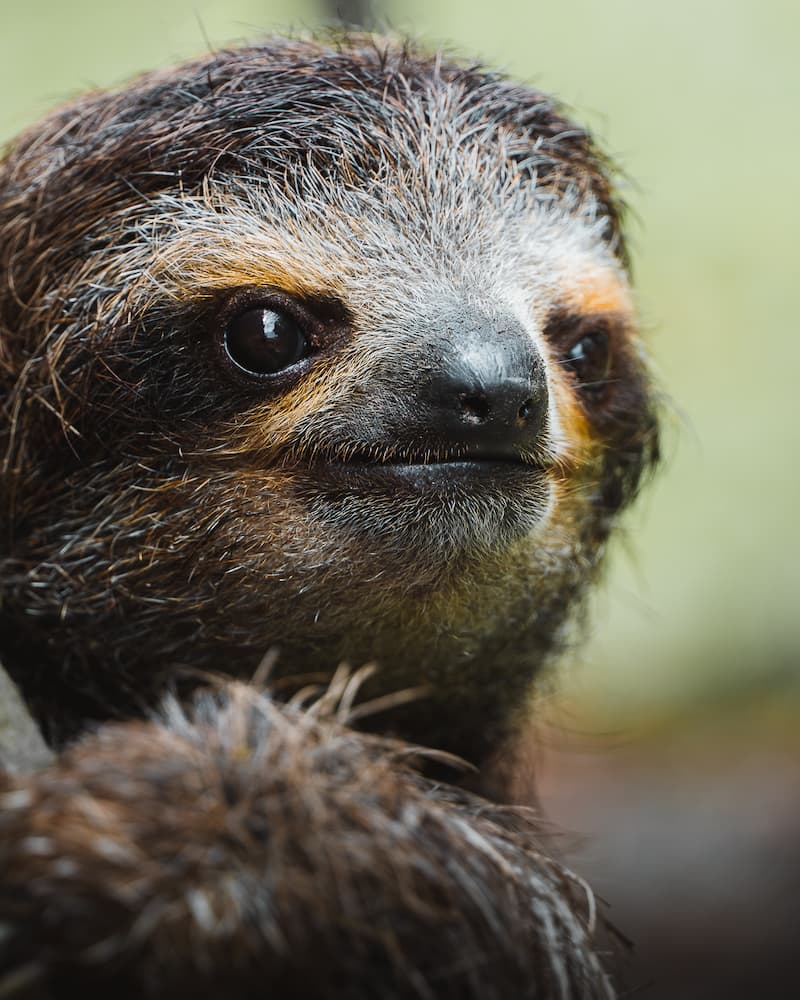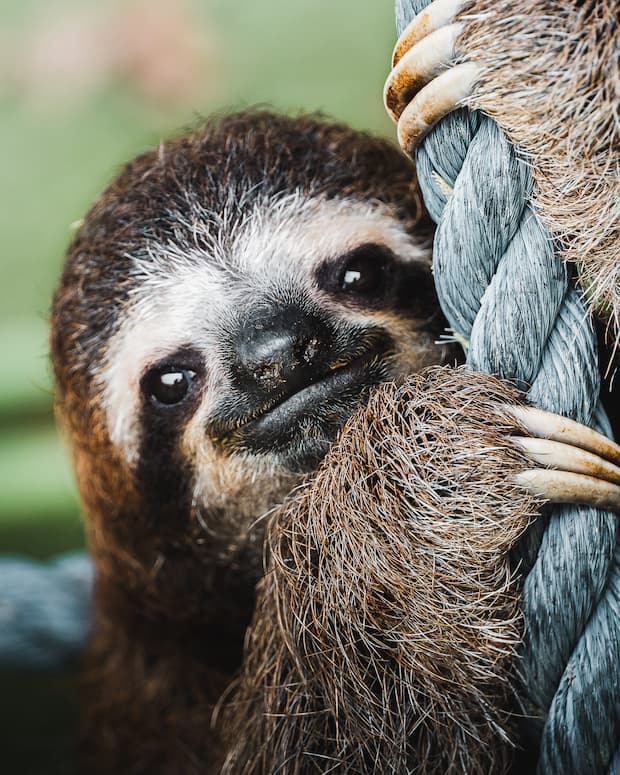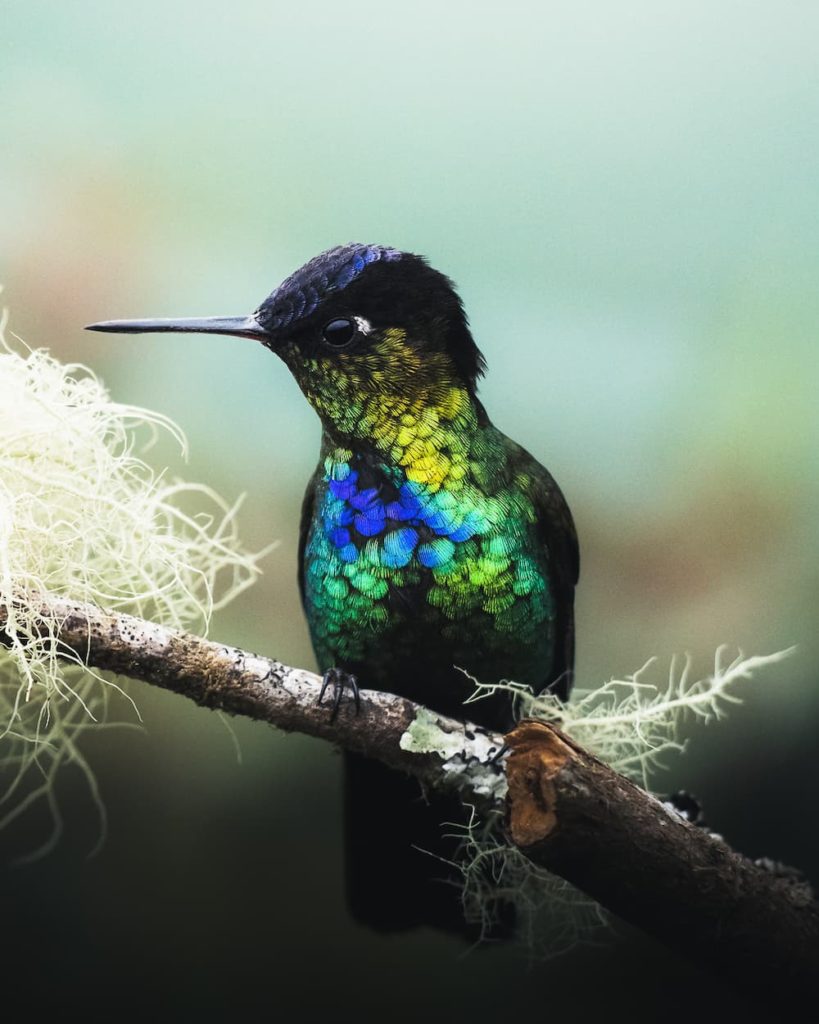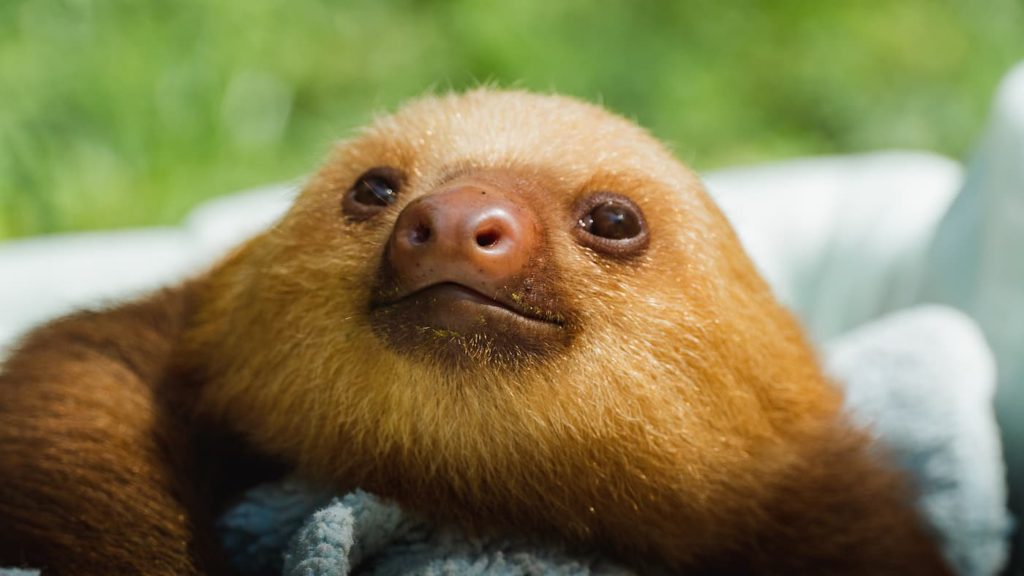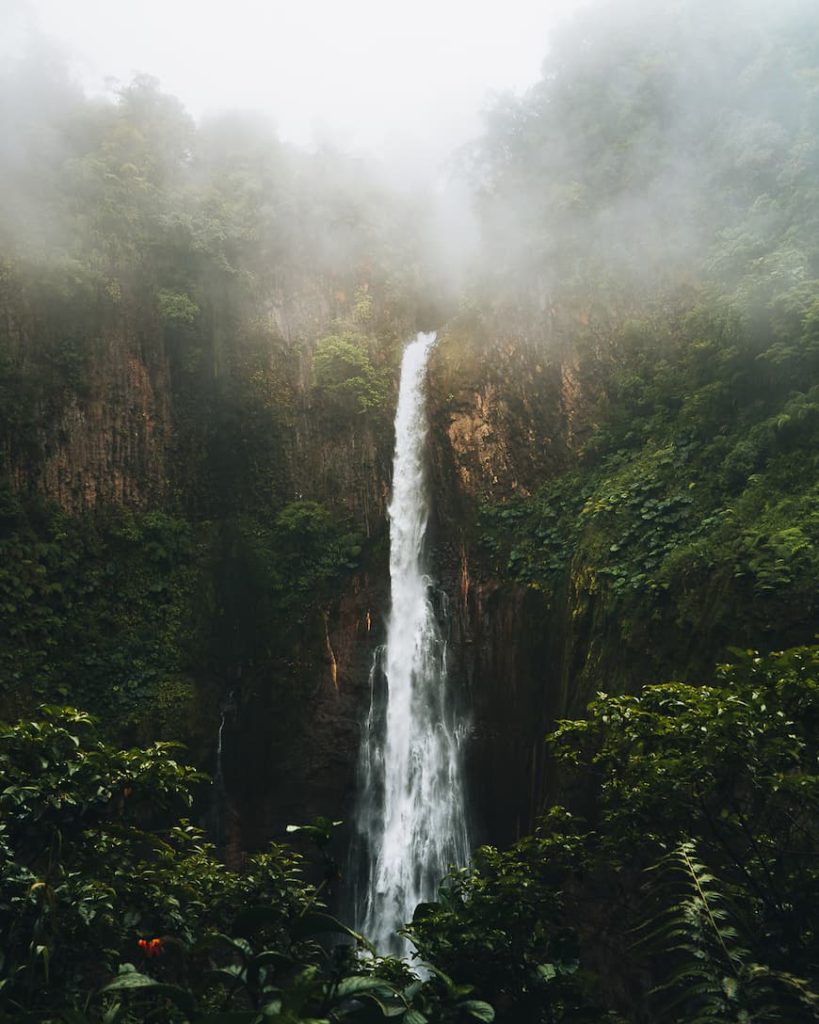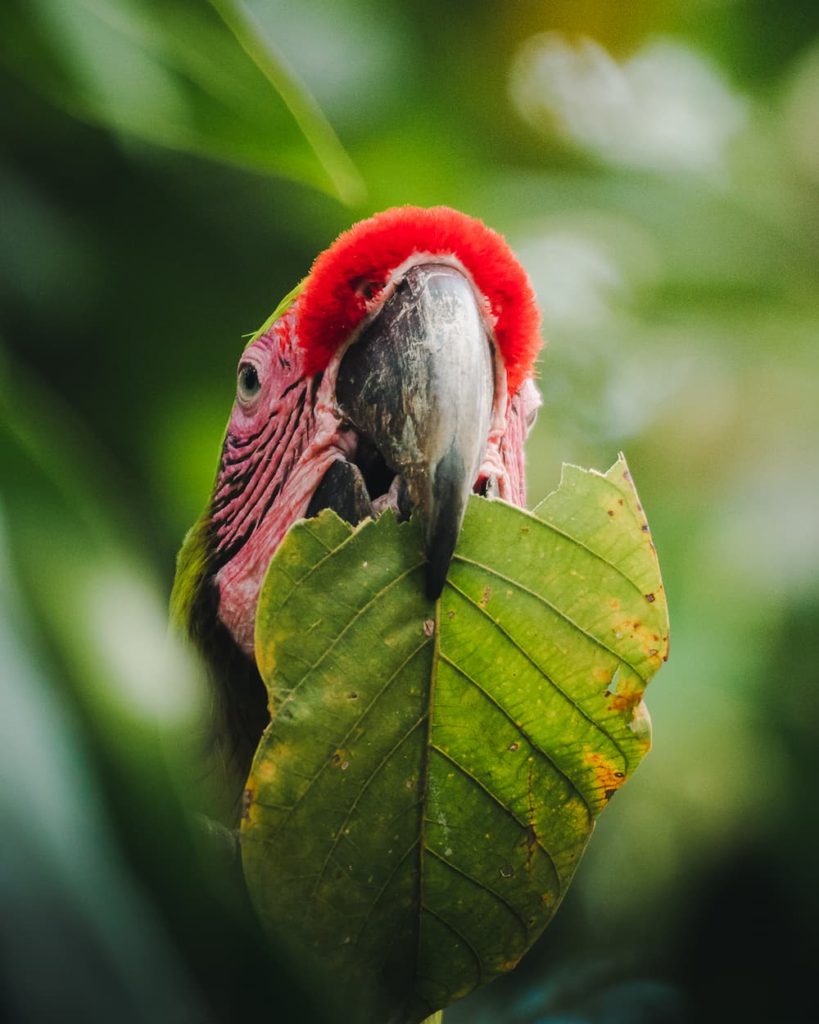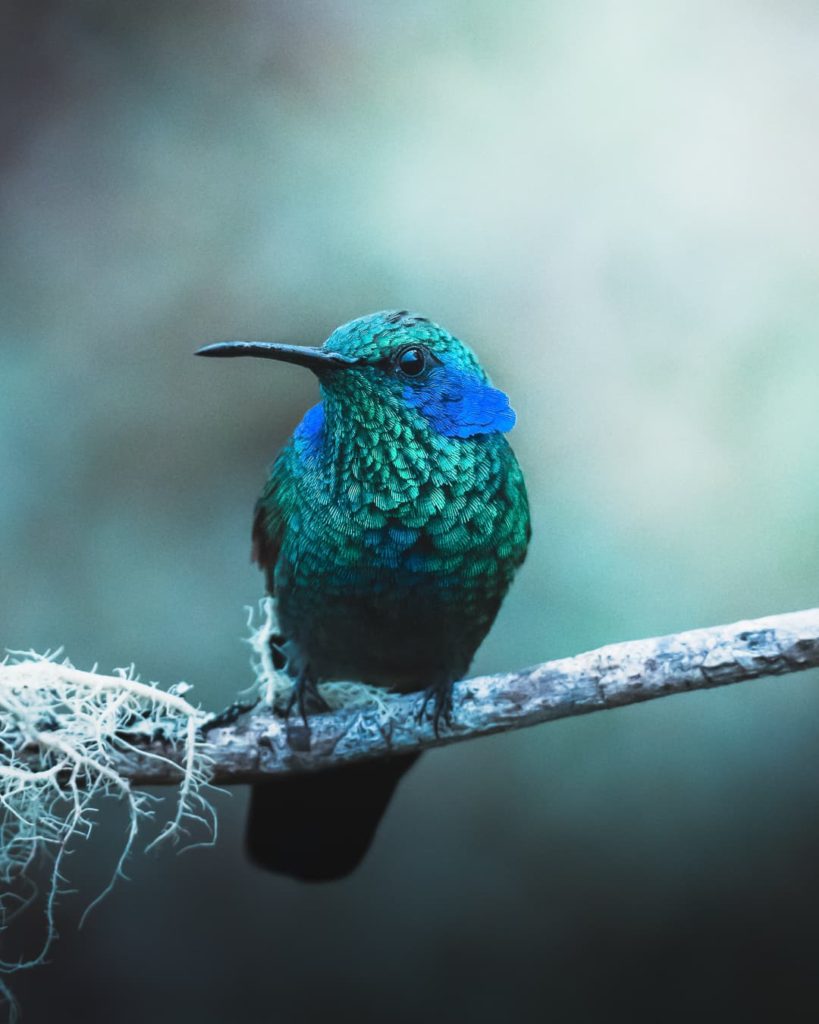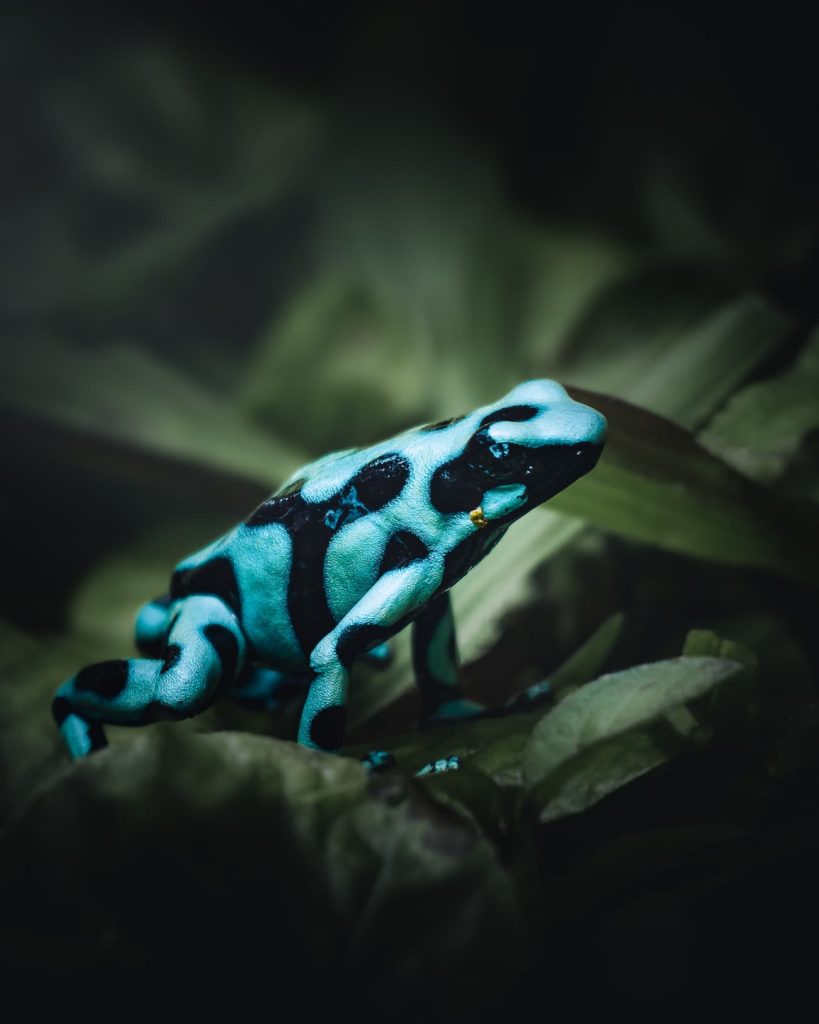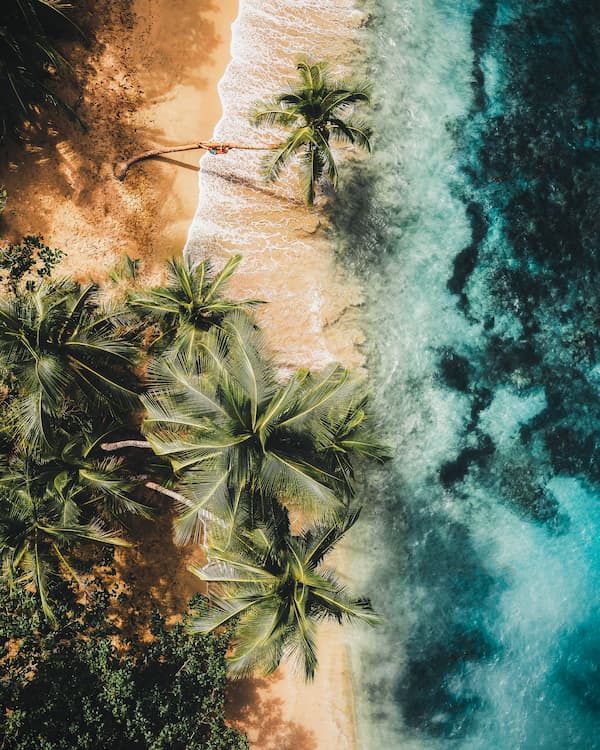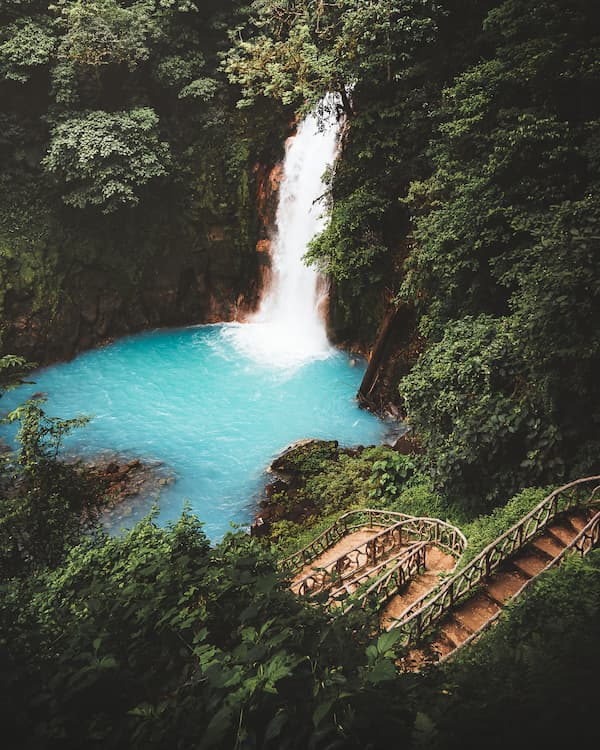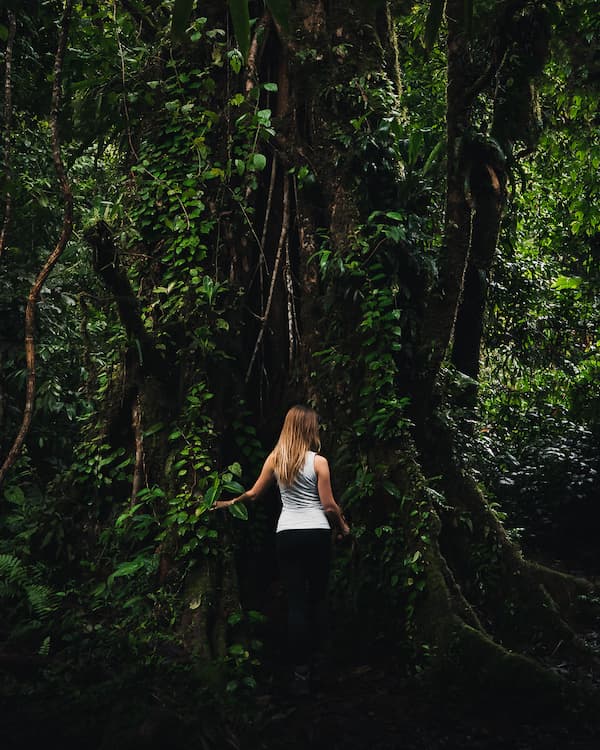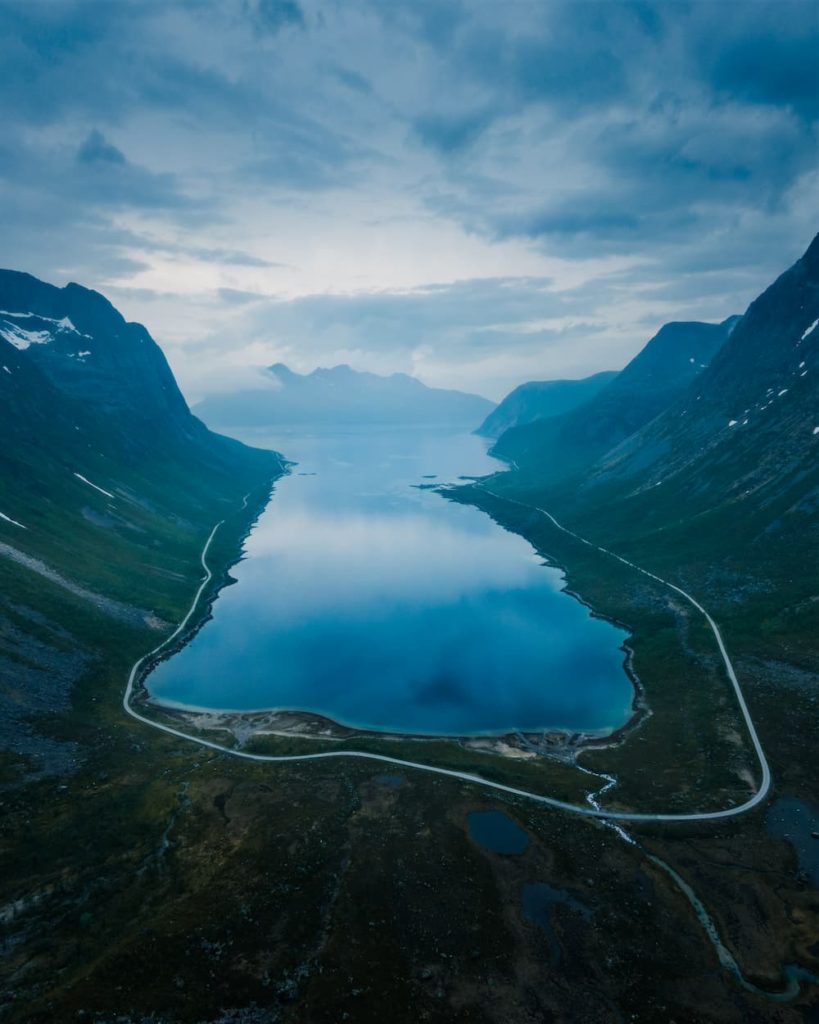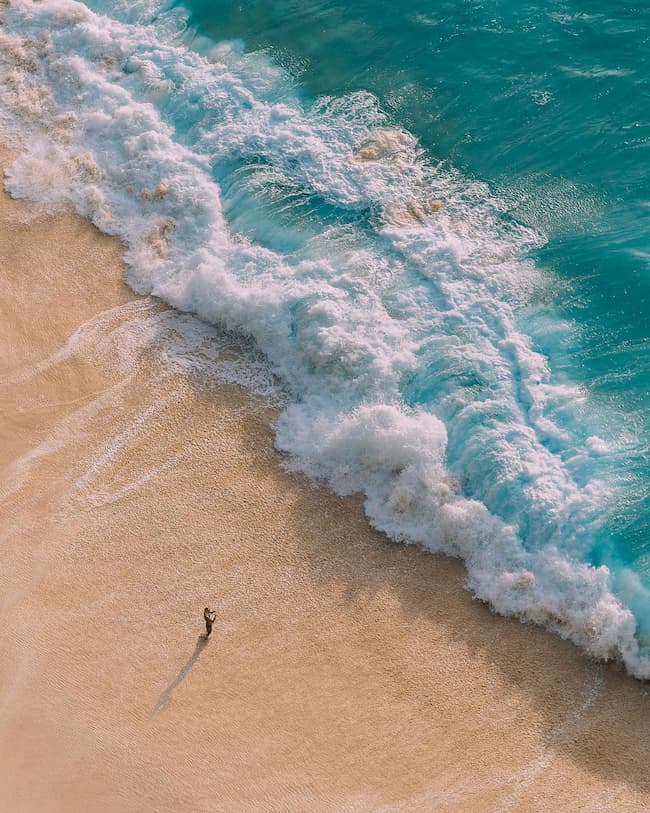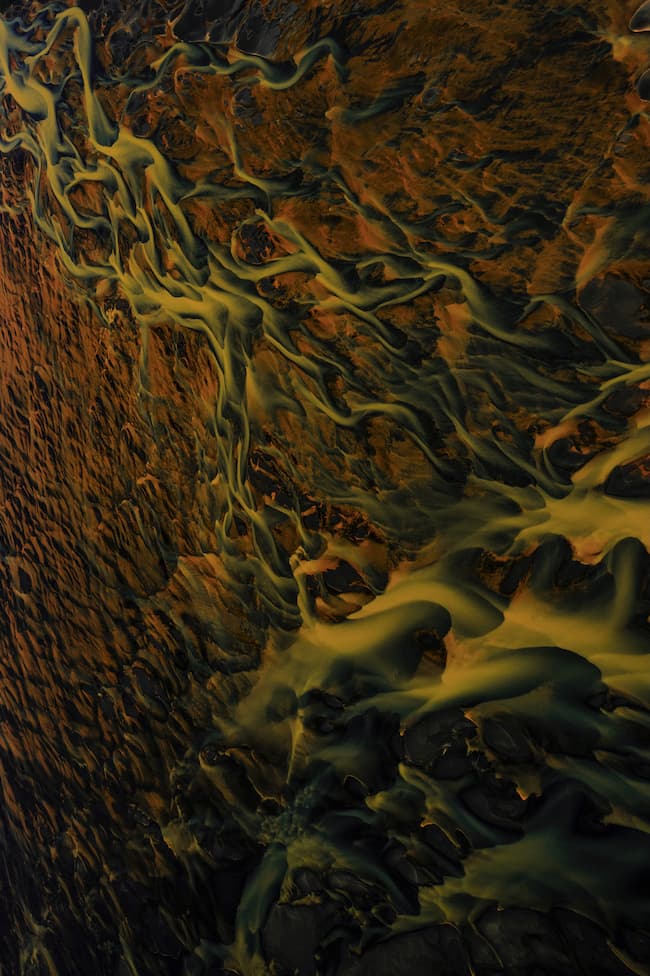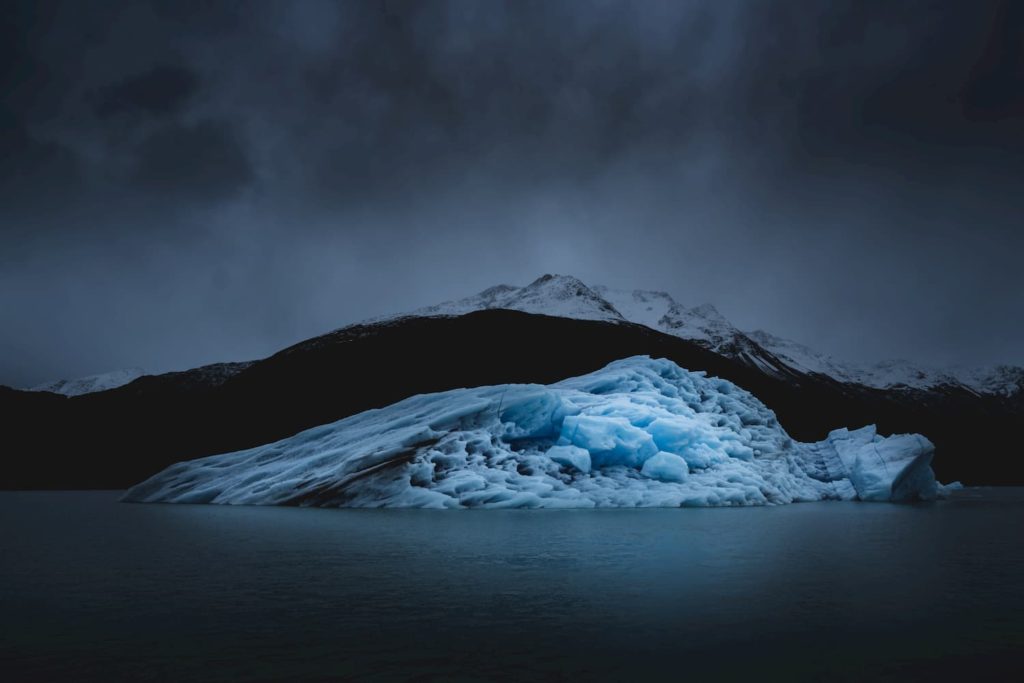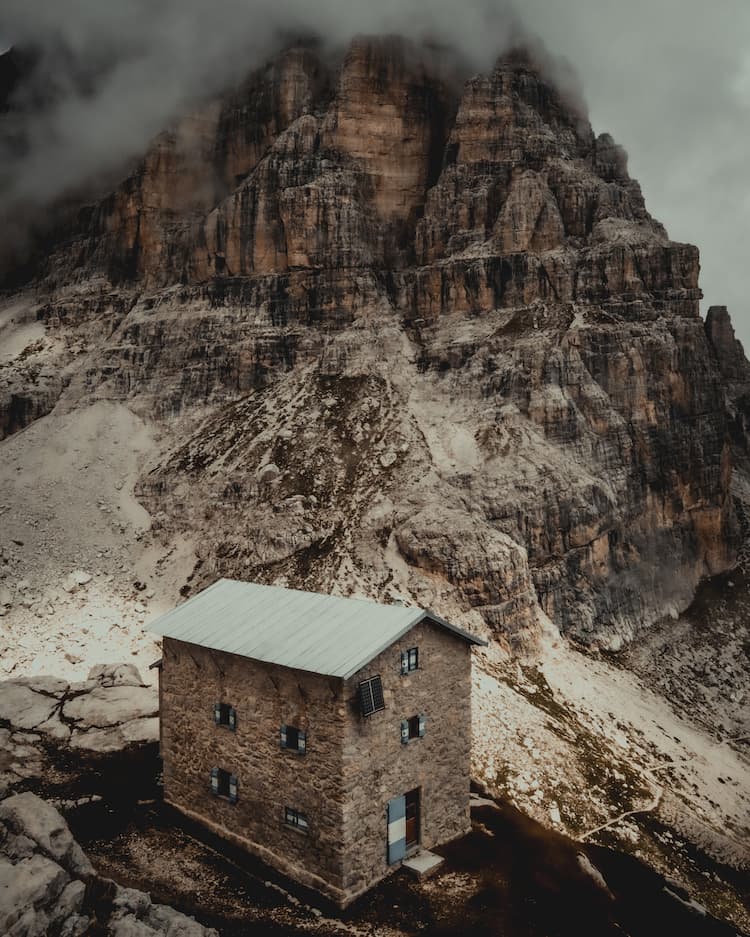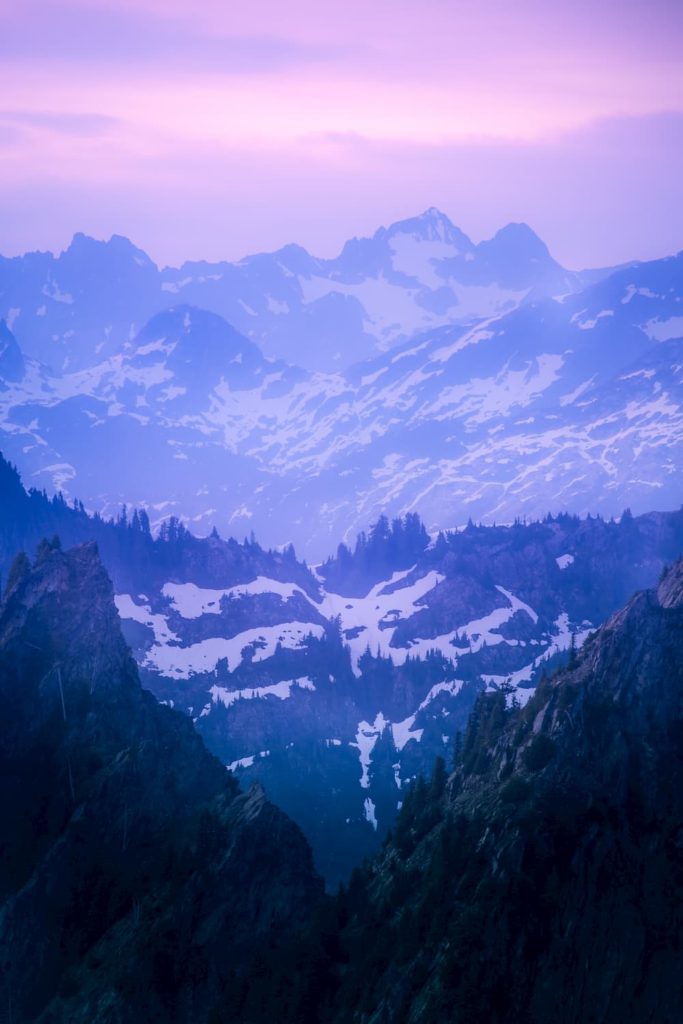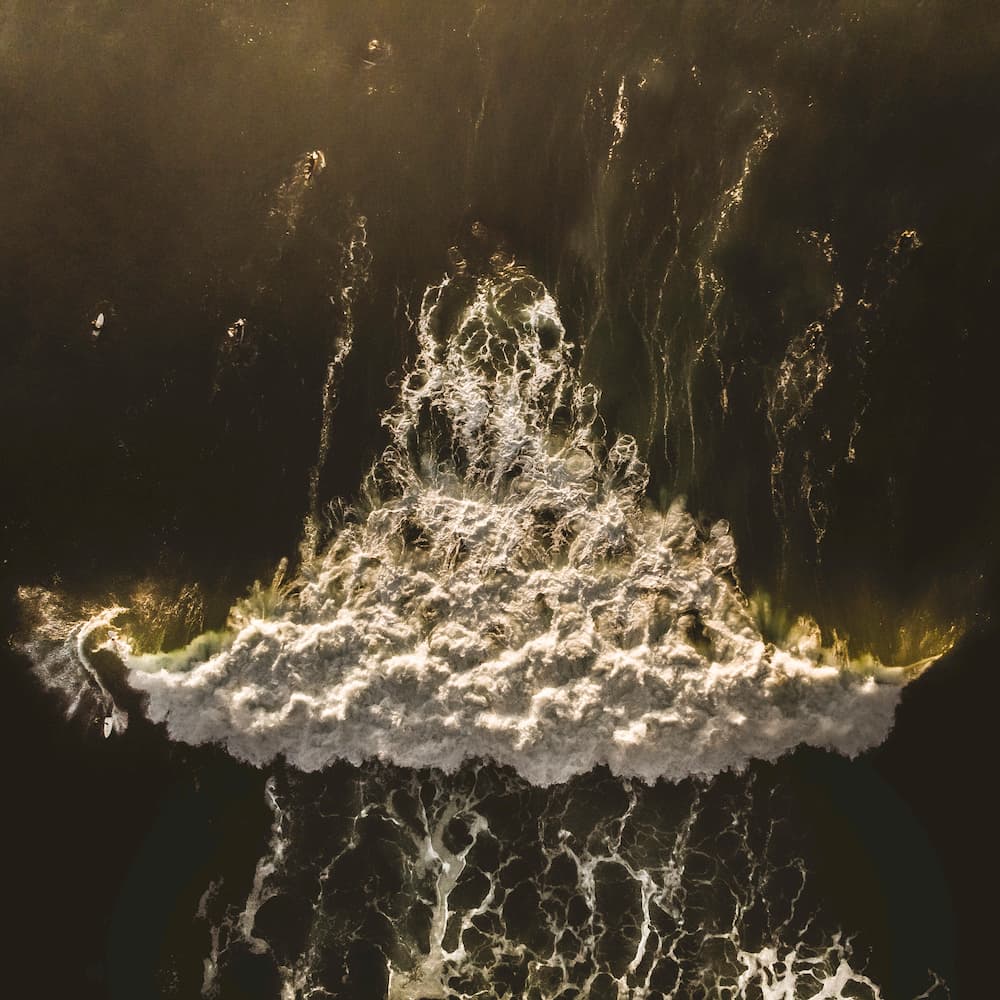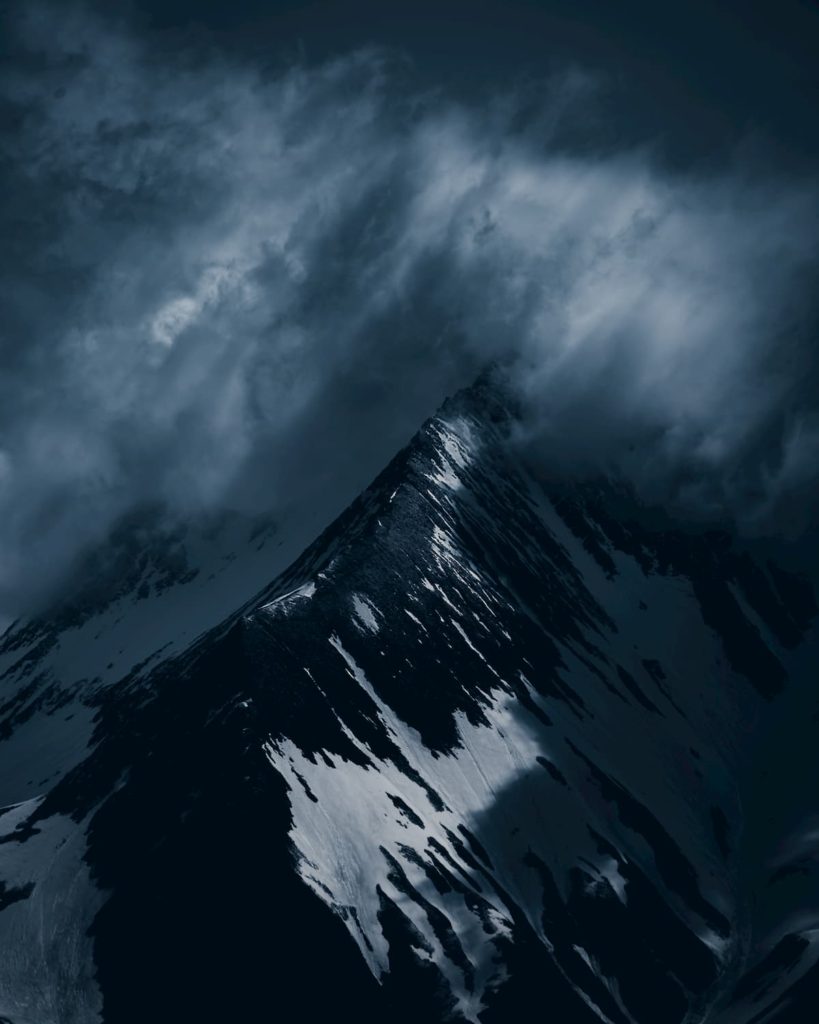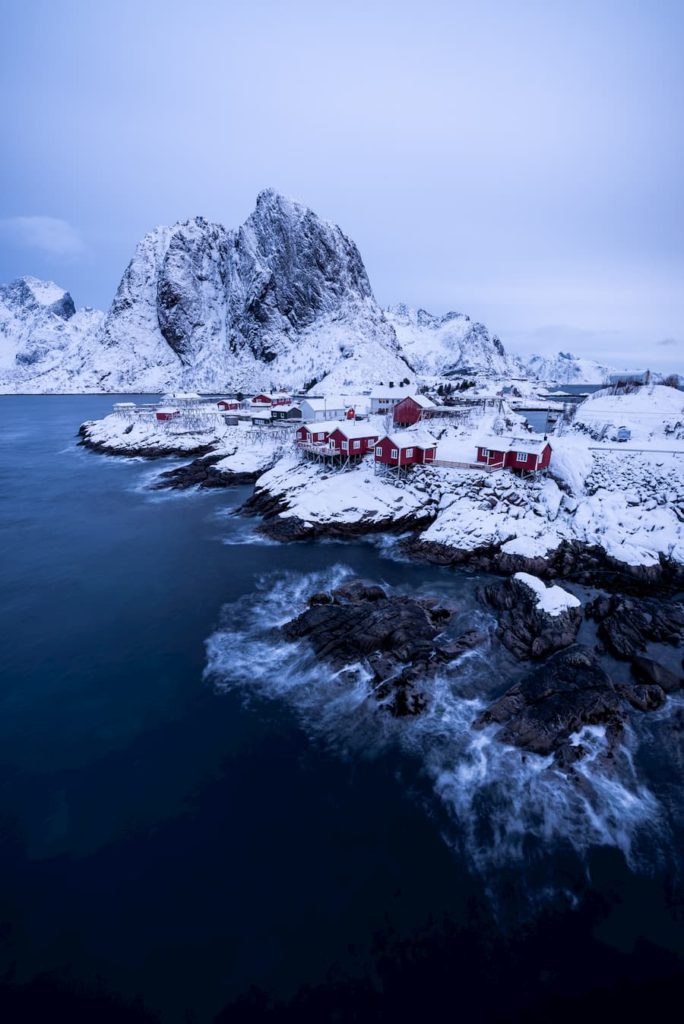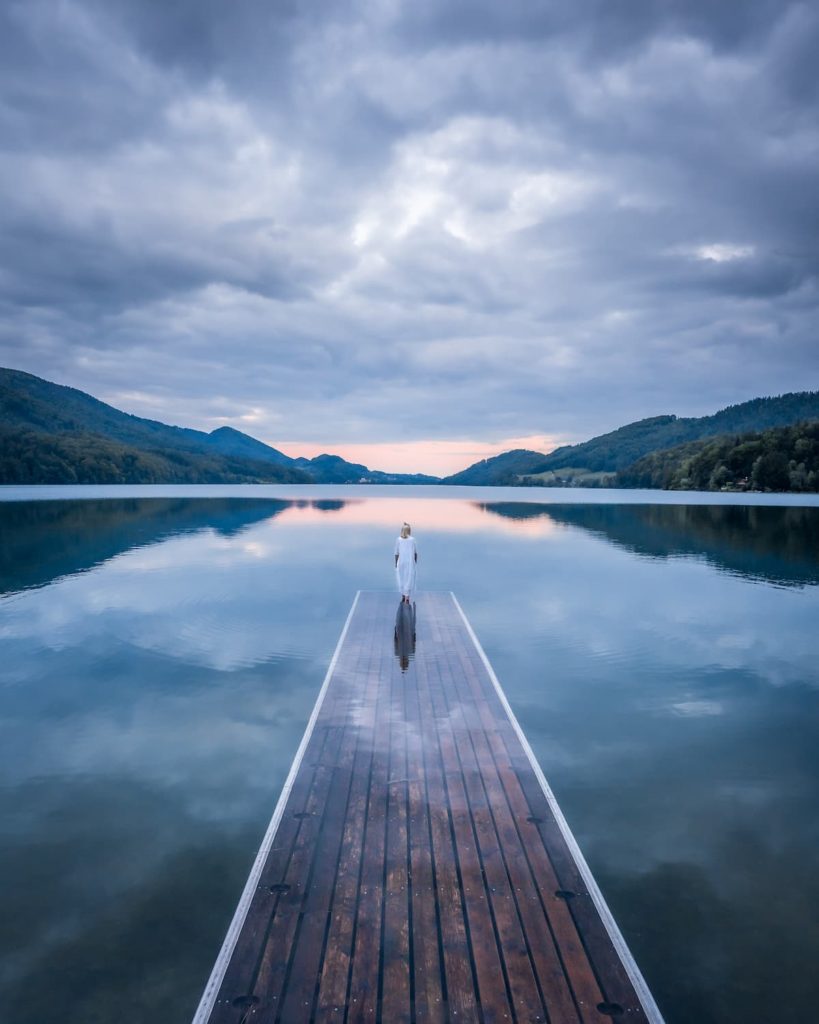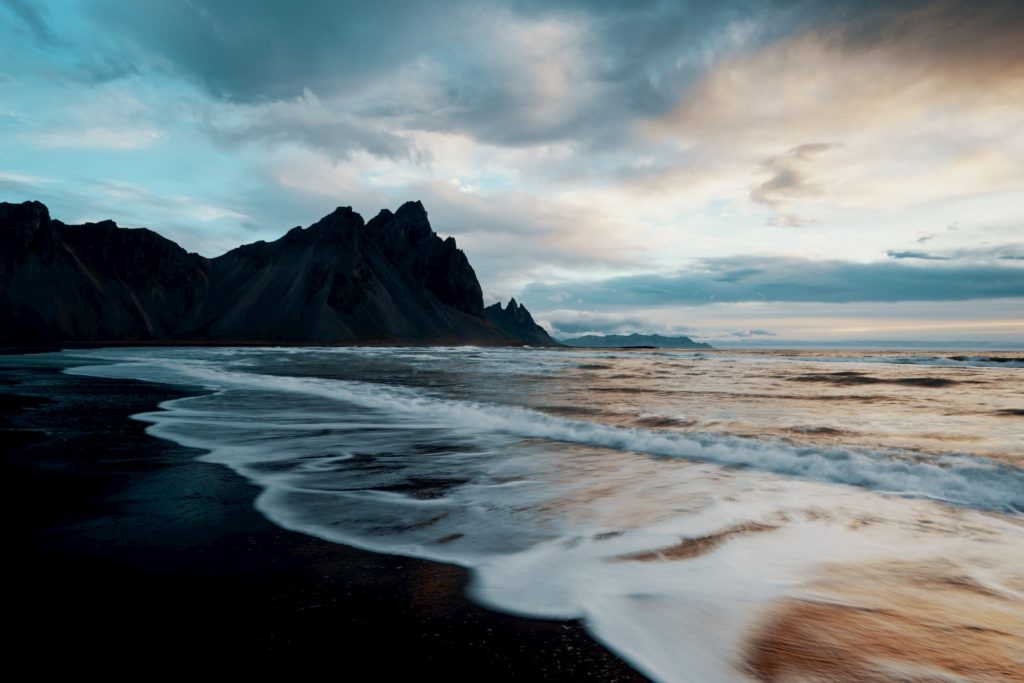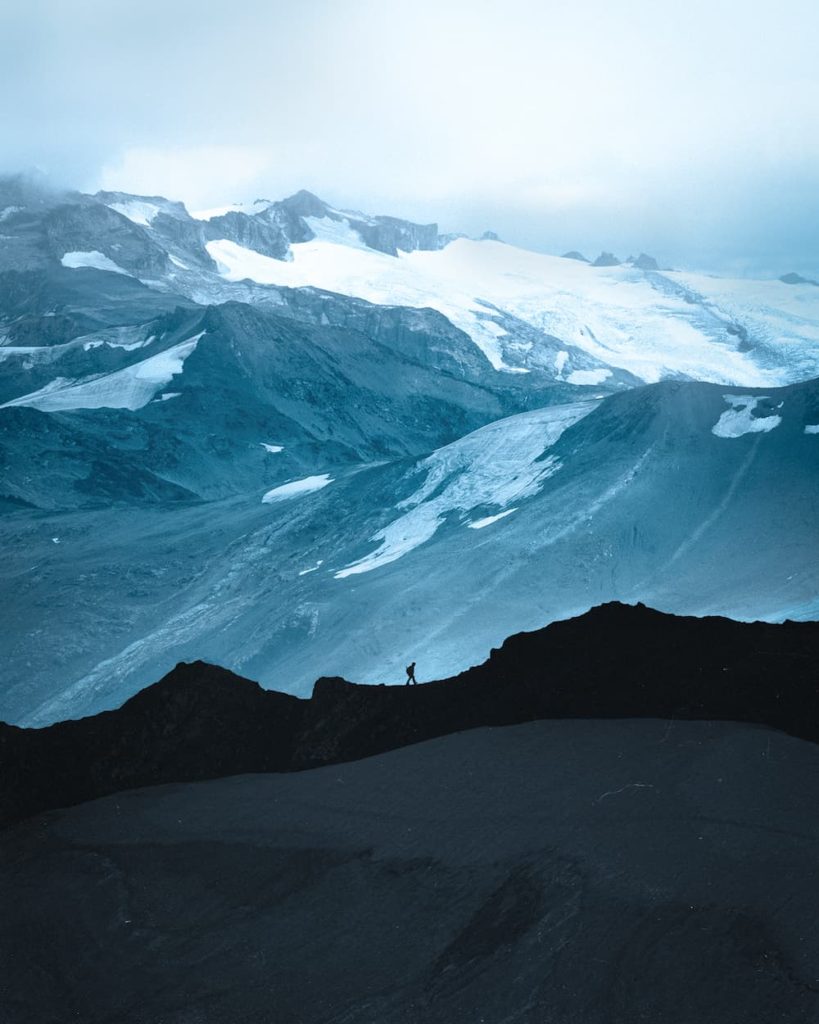
Clarisse de Thoisy
@clarissedethoisy
Photographer and Filmmaker based in France
Costa Rica's fascinating biodiversity
Geologically positioned between two continents, Costa Rica became a land bridge about three million years ago. Plants and wildlife have been dispersing across that bridge ever since, and as a result, Costa Rica flourished, mixing species from both continents. Today, the country contains 5% of the world’s biodiversity, being one of the 20 countries with the highest biodiversity in the world – although its land is the size of West Virginia or Denmark, for instance.
Within Costa Rica, there are 20 separate life zones, and two of them are particularly rich in wildlife. The southern Pacific lowlands support unique avifauna, and in the northern half, birds range along the arid western side of Middle America from Mexico to central Costa Rica. Among Costa Rica’s bird species, about 20% are migratory, and most migrate from North America to winter in Latin America between September and April.
All in all, within Costa Rica, you can find 850 different bird species, 1260 species of trees, 237 species of mammals, and 361 species of reptiles.
However, such biodiversity was also of interest for logging or plantations of agricultural commodities. Without specific laws to protect its nature, by the 1960s, about 50% of the forests were cleared, and the logging continued. Between 1940 and 1980, Costa Rica lost 2.5 million hectares of forest.
Following this devastation, the government intervened to restore and preserve the forests, and in 1996, the Costa Rican government made it illegal to chop down forests without approval from authorities. The national park system grew as a result. And then, the ecological visionaries of the moment saw an opportunity to place Costa Rica in a world-leadership role for the conversation of biological diversity and the creation of economic benefits to society from that biological diversity.
The ambitious goal of this institute was to collect, identify, and catalog all of the living species in Costa Rica, estimated at 505,000 species. So far, about 100,000 of those species are part of the catalog. And today, close to 60% of the land in Costa Rica is once again forest, and the landscape is home to around half a million plant and animal species.
You can learn more about the topic with @clarissedethoisy by reading the full article!
Article with Clarisse de Thoisy
Over the past few months, I have grown in confidence as I have ticked off new milestones. I have invested in a DJI Mavic Pro 2 and have obtained my drone pilot license and my drone pilot certification. I have gone back to Costa Rica for a month in a partnership with an NGO called Giving Tuesday and have become one of their environmental leaders and ambassadors. I got a job with the Réunion Island tourism board in September 2022, for which I will have two weeks to create biodiversity images and will meet with local wildlife conservation organizations. I am looking forward to that and I am hoping to get footage of whales in particular! I have been reached out to by Sony Alpha to be featured on their website, and have won the Corona Female Creator’s Fund competition along with other amazing women. I have strengthened my network with other creators and have collaborative perspectives on wildlife conservation photography projects.
"All of the above hasn’t come easy and I have worked for years towards achieving these milestones. My goal is to do whatever I can, at the level and with the skill set I have at the moment to help restore balance for our planet before it’s too late."
Going into filmmaking has been something I’ve wanted to work on for years as I knew it would contribute immensely to my ultimate goal. However, being a perfectionist, it has been hard for me to start something where I lack the skills and experience. I am guilty of procrastination, telling myself I wouldn’t do a good job, and not willing to face that just yet.
For the ColorPro Film Festival, you only need to submit a short video of 1-1.20 minutes maximum and choose one of the three themes, which helps in narrowing down what you’d like to create without it feeling too overwhelming. Thanks to that push, I finally created my first video, overcame my uncertainty, and challenged my perfectionism. I enjoyed the process, I’ve learned so much along the way, and it’s made me want to create more! So I’m excited about what’s to come in the future, filmmaking speaking. It’s a good reminder that everybody has to start somewhere, and that good things take time and hard work.
It’s also been great to work on the video as I could show my experience working with the Sloth Sanctuary in Puerto Viejo, Costa Rica. I went there to create images for the sanctuary and to open up a partnership between them and the NGO Giving Tuesday, which will help them raise more funds. I was touched by the kindness and devotion of the founder, Judy, and her family towards the sloths. Judy and her husband created the sanctuary back in 1992 when Costa Rica was still wild and pretty much devoid of tourism. They were the first to advocate for the protection of sloths. Back then, most of Costa Rica viewed sloths as pests. Due to their strange appearance and dirty-looking fur (sloths have a whole ecosystem living on their fur, consisting mainly of green algae), sloths were widely misunderstood and not protected. When the first injured sloth was brought to them, which would later be named Buttercup, there was little to no information about sloths available. Even zoos did not know how to advise them, so they had to figure out for themselves how to care for sloths through observation, veterinary assistance, and trial and error. They became a respected resource for science-based sloth information. Judy and her family have rescued and rehabilitated countless sloths over the years, and have done incredible work educating the public about their importance to the environment. They have even created “Sloth Island”, where rescued sloths are released and live a peaceful life.
I believe I am contributing to raising awareness about wildlife conservation through sharing my images of the NGO’s rescued wildlife, and that I am helping the Costa Rican conservation organizations get more visibility and funds by having beautiful images for their communication campaigns. My collaboration with Giving Tuesday Costa Rica involved opening up partnerships between them and wildlife conservation organizations, so that Giving Tuesday may help them in fundraising and spreading awareness. Giving Tuesday Costa Rica has many connections with the local government and with the entire world as the NGO is present in 85 countries (most active in the US), so I have high hopes that my work will generate a positive impact in the long term.
While creating content in Costa Rica, I encountered the same difficulties as in my last trip, plus more that I had not foreseen… Working with my new drone to capture the images I had in mind turned out to be quite a challenge. Getting to some of the most beautiful spots in the country required many 3 am wake-up calls, long drives, and even longer hot and rainy, strenuous hikes. However, I discovered that almost everywhere I went, my drone either didn’t pick up adequate satellite signals for a proper flight, experienced magnetic interference, or both! There are a lot of magnetic fields in Costa Rica due to the many volcanoes and electric cables, and the satellite signal doesn’t reach the depths of the jungle, down in pits where most of the waterfalls I hiked to are located. If you add to that the heavy rainfall that I experienced due to an ‘early’ rainy season, it meant that I wasn’t able to fly my drone nearly as much or as well as I had hoped, which was frustrating.
"Nevertheless, I pushed through, got my drone up under the rain, even for just a few seconds, and even if I couldn’t fly it higher than a few meters due to a bad satellite signal."
With the magnetic interference, I would sometimes lose control of the drone a little bit. I would see it going right or left without me touching the remote controls, which was nerve-wracking. Of course, I only took that risk when there was no one around. You never want to risk the drone hurting somebody! Now that my It is still in our hands video is finished, I am really glad that I didn’t give up and that I still managed to come home with some decent images. It turned out pretty nice in the end.
The theme of my video is “What is Perfection?” judged by @mikevisuals, because my entire life’s mission is to show the perfection that is Nature. The two other themes inspired me too, I initially hesitated with the theme “Take a Leap of Faith” since it suits my story so well. Back in 2020, after quitting my job, I backpacked through Costa Rica by myself to raise awareness about wildlife conservation through visual advocacy. It was the start of the pandemic and the world was in confusion and fear. It was the rainy season, I had never traveled to that continent before, didn’t know anyone in Costa Rica, didn’t have any experience traveling solo and was just getting started in photography. So we could say it was a leap of faith. However, I decided that I preferred to tell a story about Nature rather than about myself, to inspire action for the cause that I am most passionate about.
“What is Perfection?” enabled me to tell the story of Nature’s beauty."
"To me, a great story conveys emotion – first and foremost. It makes the viewer feel something. It is also relatable, it makes the viewer feel empathy."
I love a story that leaves you feeling inspired to go on an adventure or to work on bettering yourself, either physically or mentally. A story that gives you the motivation and inspiration to live fully, and to your highest potential. A great story to me also teaches important values and lessons, such as courage, discipline, and kindness. It shows the beauty of the world and makes the viewer fall in love with life or humankind all over again. Finally, a good story leaves a lasting impression on the viewer. It has an impact. It has the power to change behaviors for the better of all. Movies that have inspired me through their story and visuals are for example Into The Wild, The Lord Of The Rings, Avatar, Interstellar, Forrest Gump, American Beauty, Australia, and Inglorious Bastards.
With the short video that I created for the ColorPro Film Festival, I want people to fall in love with the wilderness of our planet, with the hope that it inspires them to protect nature wherever they are, in any small or big way they can. It is still in our hands. We can still save the perfection that is Nature. To have an impact, a single inspired human being is enough. You don’t need to go far and you don’t need to reach thousands of people to have an impact and to make a difference. I try to live by the following quote that I heard in the amazing podcast “Impact: The Conservation Photography Podcast”: “There is no failure in conservation photography as long as we are trying.”
To achieve things big or small, however, we need perseverance. And perhaps we need to be a little stubborn. This is so much easier when doing things you are passionate about. Being a voice for nature through visual storytelling is what I am most passionate about, which explains my determination to make it as a nature and conservation photojournalist.
"To build perseverance and enable yourself to achieve the things you dream of, I would recommend looking at success stories from people who have started from the bottom and are now living their dream jobs."
Consistently feeding yourself with positive success stories, and listening to inspiring and educational podcasts. Personally, learning constantly from the leaders in my field or specific niche helps me to get my motivation right back up when I’m feeling discouraged. Also, stay focused on the long-term goal and don’t be too impatient. It’s easy to feel like you’re running out of time, that things aren’t going fast enough, but good things take time.
Photography and the business of photography are not easy. There is so much to learn, so you need to have a healthy routine to avoid burnout, a positive mindset, and a focused, hard-working attitude. Keeping track of your progress and realizing how far you’ve come will also nourish your perseverance as it gives you a boost in confidence! What I’ve realized is that whenever you give up on something, you have to start something new and you have to start from the bottom all over again. The beginning of any project, after the initial excitement of doing something new, is known to be the hardest part. So, if you keep quitting whatever you’re doing when it gets hard, you’ll never break through and reap the rewards of your hard work! It is those who persevere through adversity that become the experts that everyone looks up to.
Would you like content like this sent to your inbox?
NOMADICT
ART GALLERY
THE LATEST STORIES
WRITEN WITH PASSION TO INSPIRE YOU
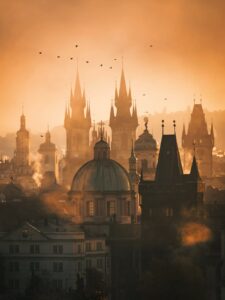
Miroslav Maršík (@miromarsik): Photographer based in Czech Republic
In this article, Miro shares how his love for cinematic music evolved into a deep passion for photography and how he uses light, color, and atmosphere to turn the streets of Prague into living film scenes.
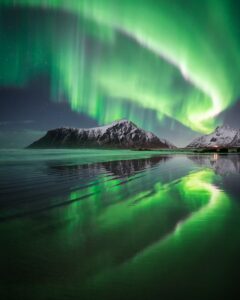
Aurora photography panorama workflow: A guide to camera settings, editing, and color
In this article, Stefanie reveals how her background in physics sparked her passion for astrophotography and how she blends science with creativity to capture the beauty of the night sky. Readers will discover her approach to color, contrast, and editing, as well as her aurora photography workflow.
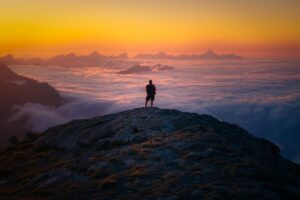
Yhabril (@yhabril): Best of the Week 33 at #nomadict
Spanish photographer Yhabril captures the profound connection between humans and the mountains that shaped him. Growing up in the Pyrenees, his work bridges outdoor sports, landscapes, and celestial scenes — often blending athletes, moonlight, and wilderness into striking visual stories.
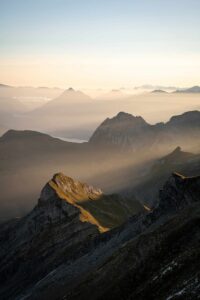
Ariane Totzke (@besondersschwierig): Photographer based in Switzerland
In this article, Ariane shares how photography helped her navigate personal challenges, connect authentically with people and animals, and develop a philosophy rooted in empathy and artistic freedom. Readers will also discover her ethical approach to wildlife photography and her trusted equipment for both camouflage techniques and cameras.
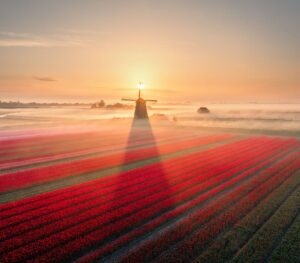
How to photograph Dutch tulip fields: A guide to light, gear, composition, and colors
Discover how to photograph Dutch tulip fields in their most magical light. From choosing the right gear and lenses to mastering composition, color, and aerial perspectives, this guide shares creative techniques to capture the beauty of the Netherlands’ tulips. Learn how light, color grading, and proportion bring emotion into every frame.
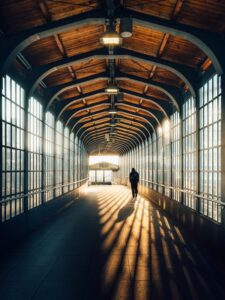
Cinematic city photography: An essential 6-step workflow
In this article, you’ll learn how to read and use light in your home city, choose the right technical settings for low-light scenes, and refine your editing workflow to shape color and atmosphere step by step. In addition, Dominik shares how to find fresh perspectives on familiar locations, five lessons that transformed his photography, and insights on the future of street photography.
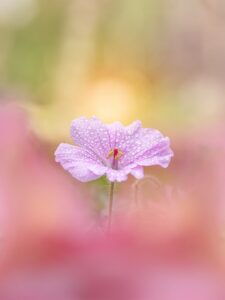
Kyle van Bavel (@kylevanbavel): Photographer based in the Netherlands
Kyle van Bavel is a macro photographer with a distinctive, dreamy style that transforms the unseen details of nature into magical worlds. In this article, he shares how his unique vision, shaped by a journey of self-learning and overcoming dyslexia, has become his greatest creative strength.
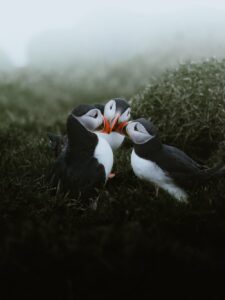
Inês Preto (@minespreto): Best of the week 20 at #nomadict 2025
Inês is a nature photographer drawn to wild, remote places where weather, wildlife, and mood shape her storytelling. In this article, she shares the behind-the-scenes journey of capturing the Best of the Week image: a puffin trio on the Faroe Islands. She explains how she approached the edit of this image, and shares key lessons she’s learned through experience.
